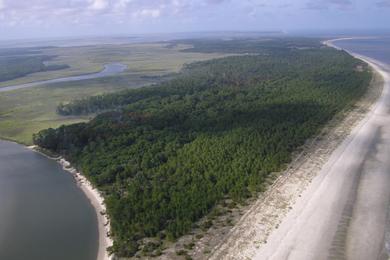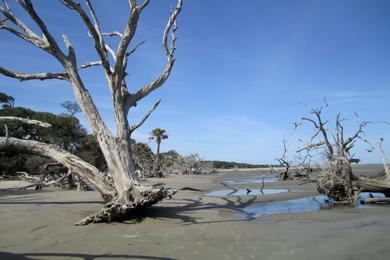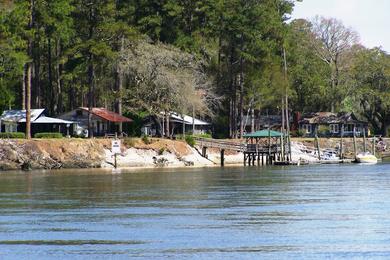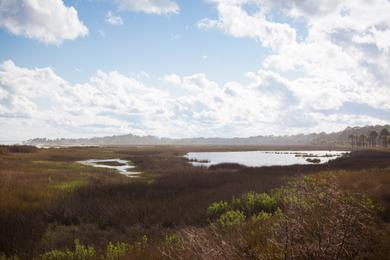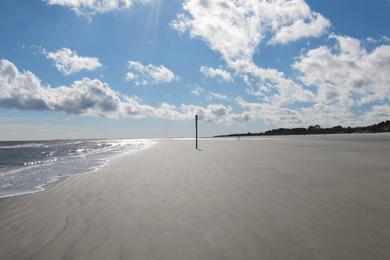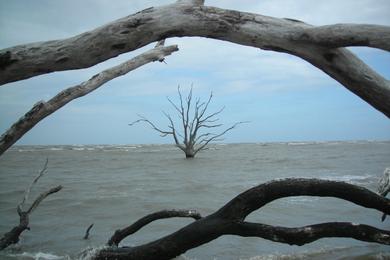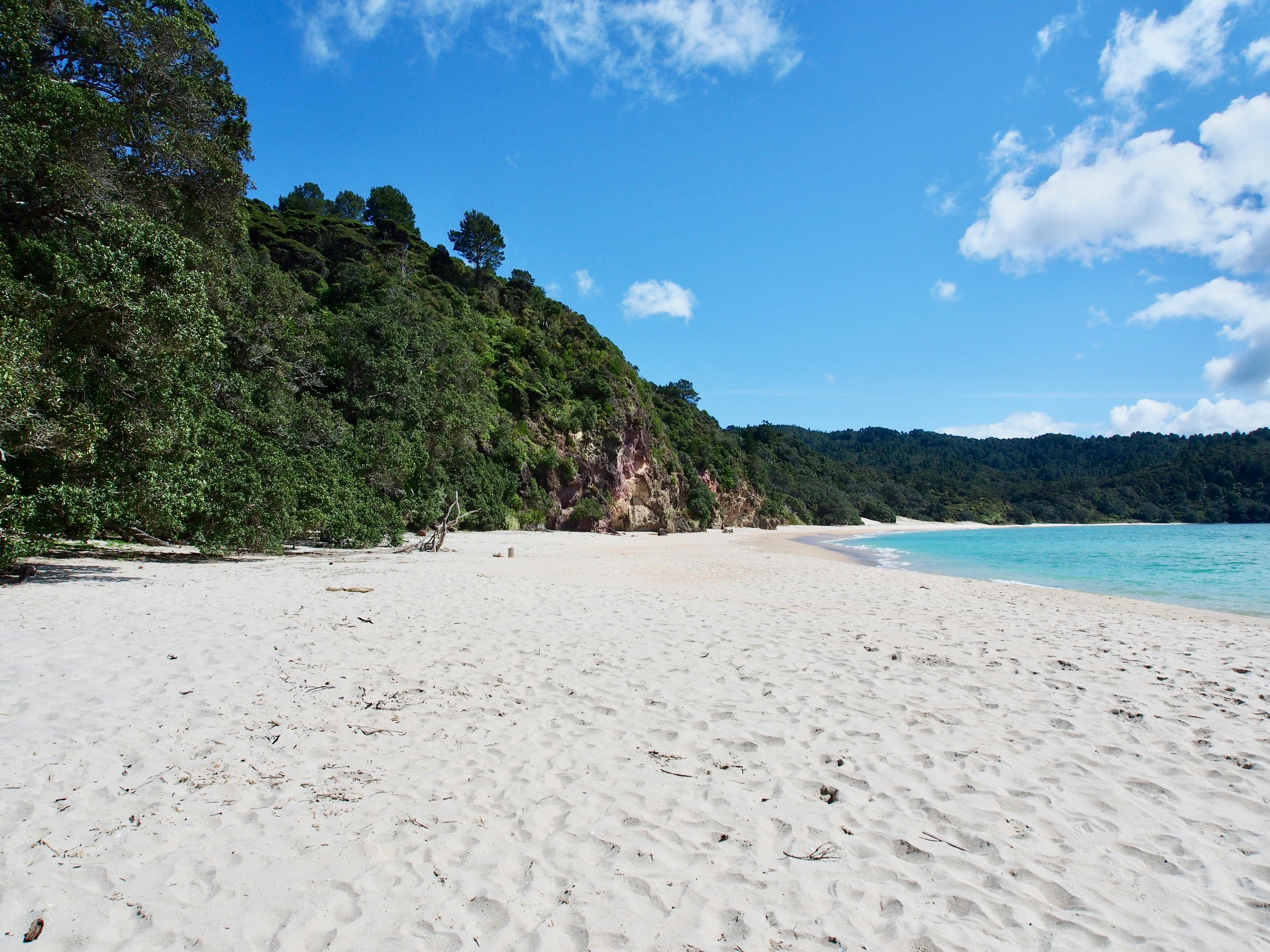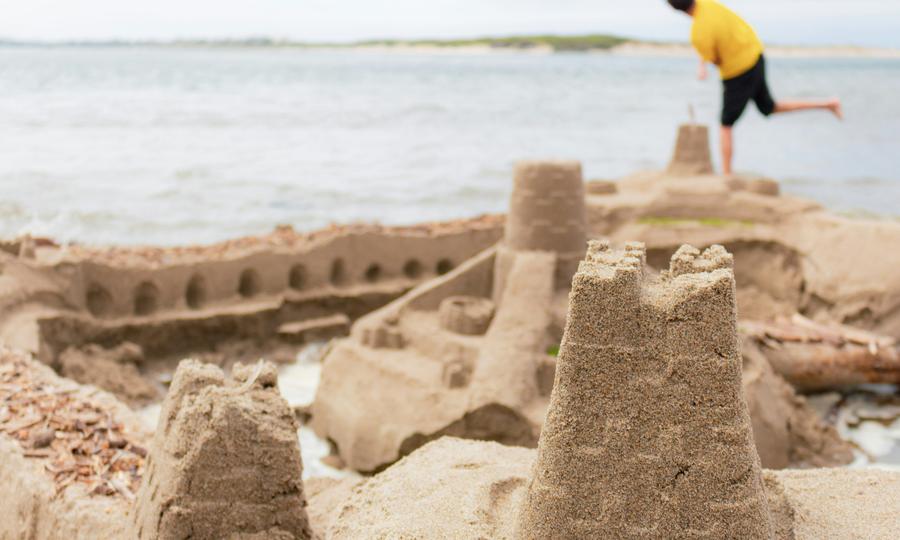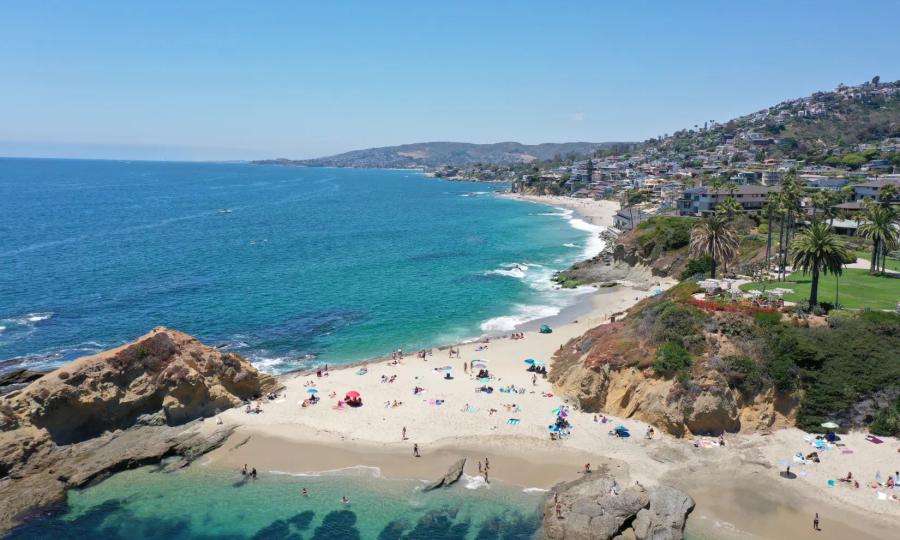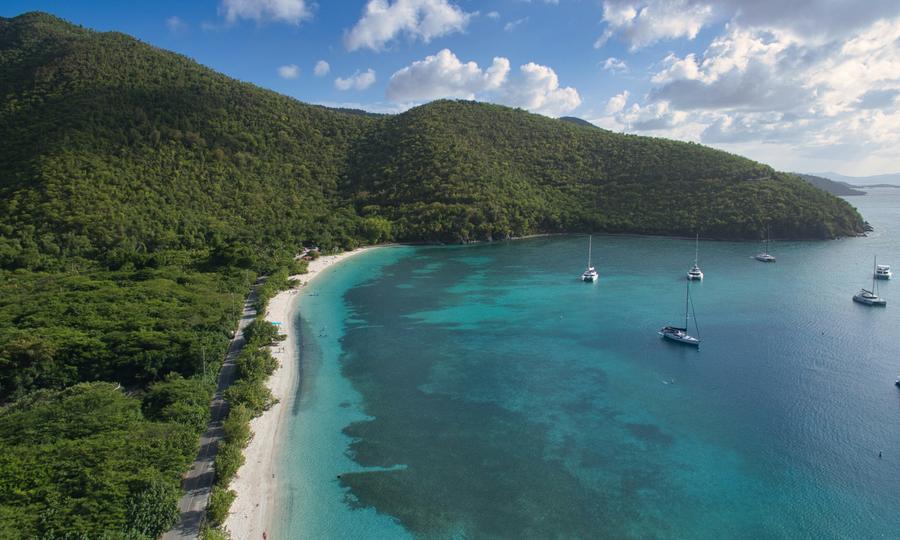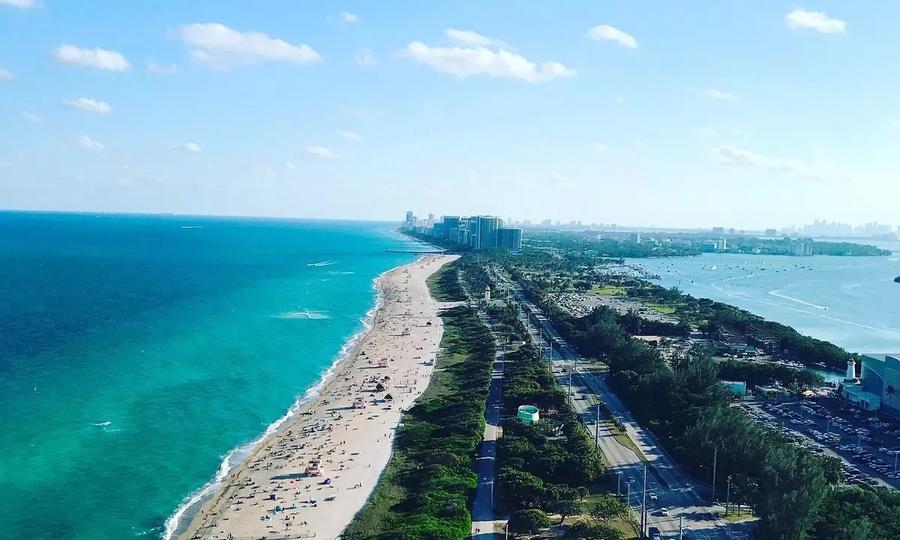St. Catherines Island is a serene and secluded barrier island located midway on the Georgia coast. Approximately ten miles long and one to three miles wide, it features more than half of its acreage as tidal marsh, wetland meadows, and ponds, while the rest is densely forested with pine and live oak trees. The island is known for its rich human history, having been declared a National Historic Landmark in 1969. It is privately owned by the St. Catherines Island Foundation, which focuses on conservation and scientific research, making the island a unique refuge for endangered species. Visitors can access the beach below the high tide line, where they can enjoy eleven miles of pristine sandy shores perfect for shelling, hiking, and picnicking.
The island's diverse ecosystem supports a wide range of wildlife, including loggerhead sea turtles, wild hogs, and various bird species. Despite being off-limits to the general public except for the beach areas, the island offers a peaceful retreat for those who venture there. Its historical significance extends from Spanish missions to colonial-era settlements, making it a fascinating site for archaeologists.
The island’s unique combination of natural beauty, historical significance, and scientific importance makes it a standout among Georgia’s barrier islands.






